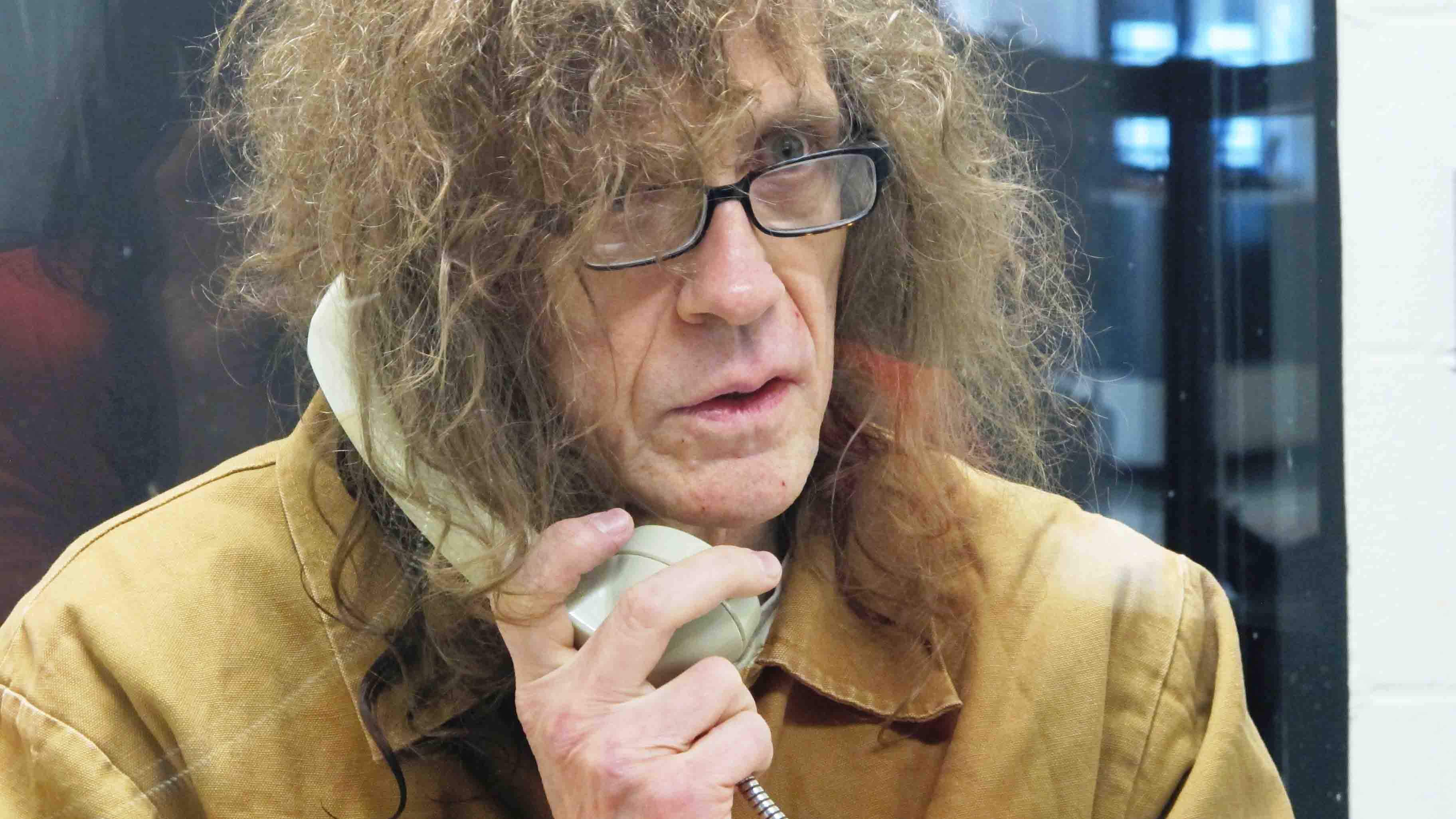
Who was Joseph Paul Franklin? Known for his violent and racist acts, Joseph Paul Franklin was a notorious American serial killer. Born in 1950, he embarked on a deadly spree from 1977 to 1980, targeting individuals based on race and religion. Franklin's actions were driven by extreme white supremacist beliefs, leading to the deaths of numerous innocent people. His crimes included sniper attacks, bombings, and bank robberies, making him one of the most feared criminals of his time. Joseph Paul Franklin was eventually captured in 1980 and sentenced to death, a sentence carried out in 2013. His life and crimes remain a chilling reminder of the dangers of hate-fueled violence.
Key Takeaways:
- Joseph Paul Franklin was a notorious serial killer and white supremacist who targeted African Americans, Jewish people, and interracial couples. His extremist beliefs and sniper tactics left a lasting impact on society.
- Franklin's capture and trial brought an end to his reign of terror, but his legacy continues to be a topic of discussion and analysis. His case has influenced law enforcement practices and public awareness, sparking discussions about hate groups and gun control.
Early Life and Background
Joseph Paul Franklin, born James Clayton Vaughn Jr., was an American serial killer and white supremacist. His life and crimes have been the subject of much study and intrigue.
- Born on April 13, 1950, in Mobile, Alabama, Franklin grew up in a troubled household.
- His father abandoned the family when Franklin was young, leaving his mother to raise him and his siblings alone.
- Franklin suffered from various health issues, including epilepsy and poor eyesight, which led to bullying during his school years.
- He dropped out of high school and later changed his name to Joseph Paul Franklin to honor Paul Joseph Goebbels and Benjamin Franklin.
Ideology and Radicalization
Franklin's extremist beliefs played a significant role in his criminal activities. His radicalization journey is both disturbing and telling.
- He became involved with white supremacist groups, including the Ku Klux Klan and the American Nazi Party.
- Franklin was heavily influenced by the writings of Adolf Hitler and other Nazi propaganda.
- He believed in a race war and saw himself as a soldier in this imagined conflict.
- His hatred extended to African Americans, Jewish people, and interracial couples, whom he targeted in his crimes.
Criminal Activities
Franklin's criminal activities spanned several years and states, making him one of the most notorious serial killers in American history.
- His first known attack occurred in 1977 when he bombed a synagogue in Chattanooga, Tennessee.
- Franklin was responsible for the sniper shooting of Vernon Jordan, a civil rights leader, in 1980.
- He confessed to the attempted murder of Hustler magazine publisher Larry Flynt, who was left paralyzed from the waist down.
- Franklin's killing spree included at least 20 murders, though he claimed responsibility for many more.
- He often used a sniper rifle to target his victims from a distance, making his attacks difficult to trace.
- Franklin's victims included African Americans, Jewish people, and interracial couples, reflecting his racist ideology.
Capture and Trial
Franklin's capture and subsequent trial brought an end to his reign of terror, but not before he left a lasting impact on the nation.
- He was arrested in October 1980 in Kentucky after a routine traffic stop revealed he was a fugitive.
- Franklin was tried and convicted in multiple states for his crimes, receiving several life sentences.
- He was sentenced to death for the 1977 murder of Gerald Gordon outside a synagogue in Missouri.
- Franklin represented himself in court during some of his trials, often using the platform to espouse his racist beliefs.
- His erratic behavior and frequent outbursts made his trials highly publicized events.
Execution and Legacy
Franklin's execution marked the end of his life, but his legacy continues to be a topic of discussion and analysis.
- He was executed by lethal injection on November 20, 2013, in Missouri.
- Franklin's last words were a statement of remorse for his crimes, though many doubted his sincerity.
- His life and crimes have been the subject of numerous books, documentaries, and academic studies.
- Franklin's case has been cited in discussions about the death penalty and the criminal justice system.
- His actions have also been used to highlight the dangers of extremist ideologies and hate groups.
Psychological Profile
Understanding Franklin's psychological profile provides insight into the mind of a serial killer driven by hate.
- He was diagnosed with paranoid schizophrenia and antisocial personality disorder.
- Franklin's mental health issues were compounded by his extremist beliefs, creating a dangerous combination.
- He exhibited signs of narcissism and a lack of empathy for his victims.
- Franklin's childhood trauma and health issues likely contributed to his violent tendencies.
- His ability to evade capture for several years demonstrated a high level of cunning and planning.
Impact on Society
Franklin's crimes had a profound impact on society, influencing law enforcement practices and public awareness.
- His use of sniper tactics led to changes in how law enforcement approached similar cases.
- Franklin's targeting of high-profile individuals brought attention to the threat of domestic terrorism.
- His case highlighted the need for better tracking and monitoring of hate groups.
- Franklin's actions spurred discussions about gun control and the availability of firearms.
- His crimes served as a grim reminder of the destructive power of hate and bigotry.
Media and Cultural Representation
Franklin's story has been depicted in various forms of media, reflecting society's fascination with true crime.
- The 1996 film "The People vs. Larry Flynt" includes a portrayal of Franklin's attempted murder of Flynt.
- Several true crime documentaries and TV shows have featured episodes about Franklin's life and crimes.
- His story has been analyzed in academic journals and books, contributing to the field of criminology.
Final Thoughts on Joseph Paul Franklin
Joseph Paul Franklin's life is a chilling reminder of the destructive power of hate. His actions left a trail of pain and suffering, impacting countless lives. Understanding his motives and the societal factors that fueled his hatred can help prevent similar tragedies. Franklin's story also underscores the importance of vigilance against extremist ideologies. By learning from the past, society can work towards a more inclusive and tolerant future. His life serves as a stark warning of what unchecked bigotry can lead to. Remembering the victims and the lessons from Franklin's actions is crucial. It’s a call to action for everyone to stand against hate and promote understanding. This dark chapter in history should never be forgotten, ensuring that such horrors are not repeated.
Frequently Asked Questions
Was this page helpful?
Our commitment to delivering trustworthy and engaging content is at the heart of what we do. Each fact on our site is contributed by real users like you, bringing a wealth of diverse insights and information. To ensure the highest standards of accuracy and reliability, our dedicated editors meticulously review each submission. This process guarantees that the facts we share are not only fascinating but also credible. Trust in our commitment to quality and authenticity as you explore and learn with us.


